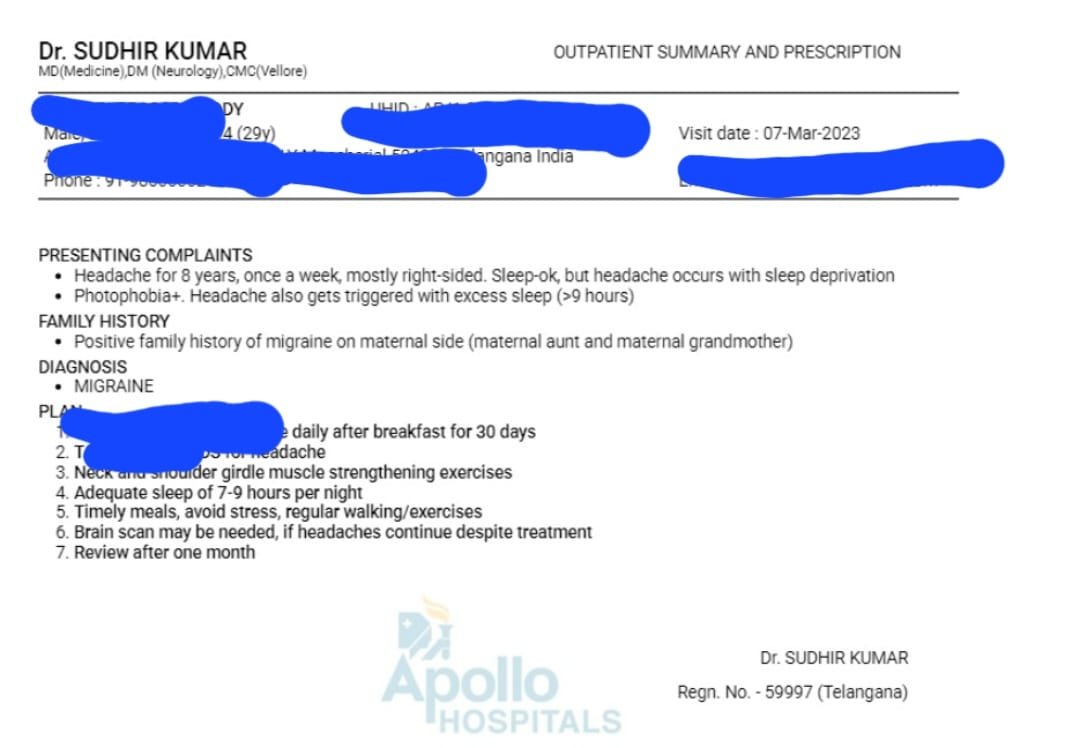
Lifelong endurance sport participation on top of a healthy lifestyle is not associated with a more favorable coronary plaque composition.
1. The dose response between long-term endurance exercises such as running or cycling & coronary artery disease (CAD) is a subject of debate
1. The dose response between long-term endurance exercises such as running or cycling & coronary artery disease (CAD) is a subject of debate
1a. A recent study looked at the association between long-term endurance exercises and prevalence of coronary artery plaques. 

2. Three groups of people were selected:
Group 1 had started exercising below age 30,
group 2 started after age 30, and
3rd group maintained healthy lifestyle with minimal exercises.
#running #cycling #endurance #HeartAttack
Group 1 had started exercising below age 30,
group 2 started after age 30, and
3rd group maintained healthy lifestyle with minimal exercises.
#running #cycling #endurance #HeartAttack
3. Group 1 and 2: Those selected engaged in running for 6 hours or more, or cycling for 8 hours or more or triathlon for 8 hours or more per week in the previous 6 months.
People in group 3 engaged in recreational running/exercises (<3 hours per week).
#MedTwitter #CardioTwitter
People in group 3 engaged in recreational running/exercises (<3 hours per week).
#MedTwitter #CardioTwitter
4. CT coronary angiogram was done in all (191 people in group 1, 191 in group 2 and 176 in group 3).
Participants were men, with median age 55 years.
Most common exercise mode was cycling, followed by running.
Participants were men, with median age 55 years.
Most common exercise mode was cycling, followed by running.
5. Lifelong endurance sports was associated with 86% higher risk of having ≥1 coronary plaque, 96% higher risk of ≥1 proximal plaque, 58% higher risk of ≥1 calcified plaques, 2-fold higher risk of ≥1 calcified proximal plaque, or ≥1 non-calcified plaque +
5a. 2.8-fold higher risk of ≥1 non calcified proximal plaque, and 1.8 fold higher risk of ≥1 mixed plaque as compared to a healthy non-athletic lifestyle.
6. Conclusion
Lifelong endurance sports did not offer additional protection against coronary atherosclerosis compared to an active, healthy lifestyle.
On the contrary, lifelong athletes had more coronary plaques, including more unstable non-calcified plaques in proximal segments
Lifelong endurance sports did not offer additional protection against coronary atherosclerosis compared to an active, healthy lifestyle.
On the contrary, lifelong athletes had more coronary plaques, including more unstable non-calcified plaques in proximal segments
7. Limitations of the study
*It is observational study showing association & cause-effect can not be proved by this.
*Study showed CT coronary angiogram evidence & did not look at actual number of heart attacks.
*Control group were healthy (those with risk factors were excluded)
*It is observational study showing association & cause-effect can not be proved by this.
*Study showed CT coronary angiogram evidence & did not look at actual number of heart attacks.
*Control group were healthy (those with risk factors were excluded)
8. Take home message
*The dose-response relationship between endurance training and coronary atherosclerosis may be reverse J-shaped.
(A non-linear relationship that is described by a curve that initially falls, but then rises to become higher than the starting point.)
*The dose-response relationship between endurance training and coronary atherosclerosis may be reverse J-shaped.
(A non-linear relationship that is described by a curve that initially falls, but then rises to become higher than the starting point.)
*Endurance exercises beyond a certain point does not offer any additional benefit and in fact may have detrimental effect on heart arteries.
*Optimum number of hours of running or cycling that is beneficial still needs to be determined.
academic.oup.com/eurheartj/adva…
*Optimum number of hours of running or cycling that is beneficial still needs to be determined.
academic.oup.com/eurheartj/adva…
• • •
Missing some Tweet in this thread? You can try to
force a refresh










